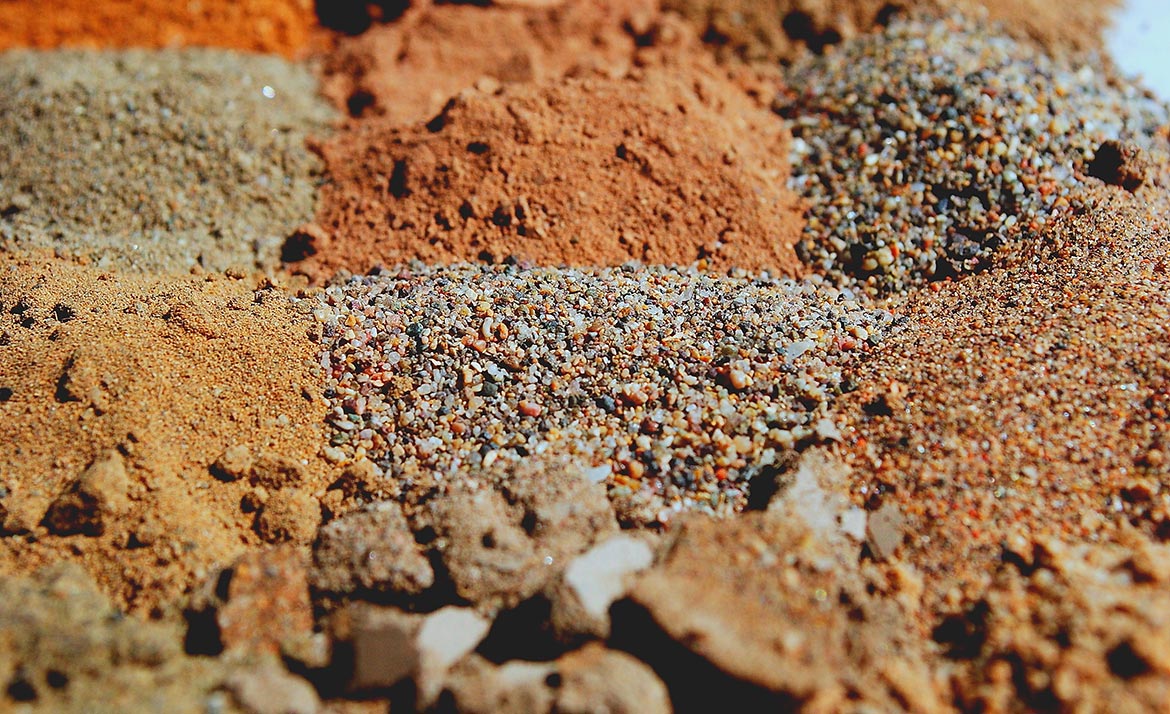Expansive soils are soils that contain minerals and can absorb water making them increase in volume. They expand to ten times more and the more water they are exposed to the more they absorb and the greater their volume. An example of such soil is expansive clay soil. Buildings and structures tend to get damaged due to the expansion of soil that exerts force leading to cracking and even worse effects. When the soil on the constructed structure swells it may damage foundations, floors, and basement walls. It may also damage the upper parts of the structure in case the movement is notable.
Another destructive property of expansive clay Texas soils is that they undergo shrinkage on drying out. When they shrink or swell, they eliminate the support from structures leading to damages and soil fissures. Fissures enhance deep penetration of water in the case of rain or runoff water. The impact of the swelling and shrinking becomes worse after some time due to the recurring stress on buildings. This trait in soils has led to huge losses to property owners and the effects have become more deteriorating than those from floods, hurricanes, earthquakes, and tornadoes. The damages caused by expansive soils is rarely noticed since it builds up with time. Some people have been led to believe that this kind of damage happens to all structures as they age. It is however key to note that this is a poor construction practice that can be eliminated during the construction work.

Most constructors need to do soil analysis and identify what type of soil they are working with. Expansive soil has been referred to as shrink-swell soils and heatable soils. There are maps made indicating the areas that have this type of soil that can cause damages to structures and foundations. Most expansive soils have a high content of clay minerals like beidellite, vermiculite, nontronite, chlorite, and smectite, among others. These types of mineral containing soils expand when exposed to moisture since clay soil has expansive properties. Soils with high mineral content also have a high expansive potential. Some are even expansive when the temperatures rise eg. sulfate salts containing soils. Expansive soils are only affected when there is a recurring change in the moisture content leading to extreme damages.
However, if the right procedures and instructions are followed, it is possible to construct a durable building on expansive soils. This can be done by ensuring that the moisture content requirement of the soil is not exceeded or by insulating the soil volume from any feasible changes that may occur. The following procedure can help to aid the success of construction on expansive soil

- Inspecting and examining to identify if there are any problems
- Designing a way that minimizes the moisture content and insulates soil volume
- Constructing in a way that will not alter the moisture conditions of the soil
- Ensuring that the environment has a constant moisture content after construction.
Conclusion
Expansive soils shrink and swell due to the mineral content in them. Clay soils are well known to have this property since they have minerals that enhance their water retention ability. The soils are therefore prone to volume changes that make the crack causing damage to structures. Reduction of the effects of this type of soil has been a major challenge to most geotechnical engineers. Some of the suggested methods of mitigating the effects caused by this soil property such as irrigation during dry weather conditions have proven to be expensive. Other methods being tried out include the use of a moisture sensor controller.






